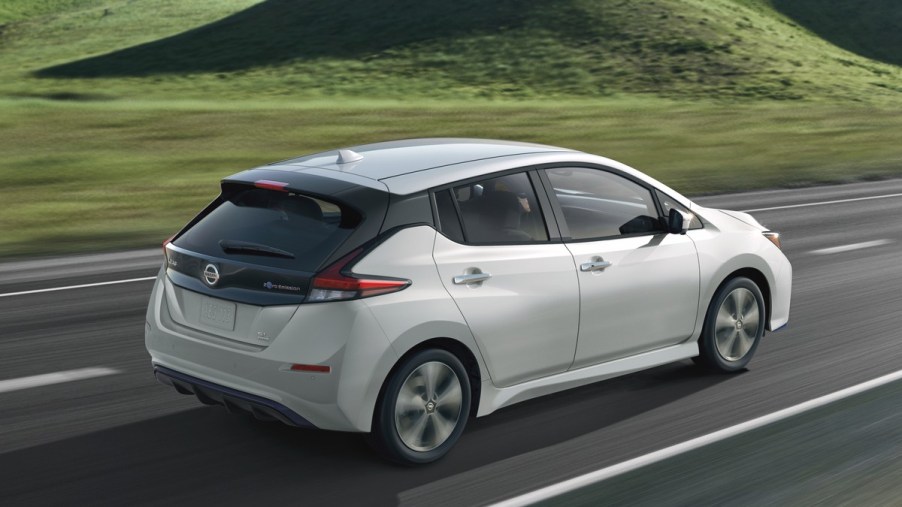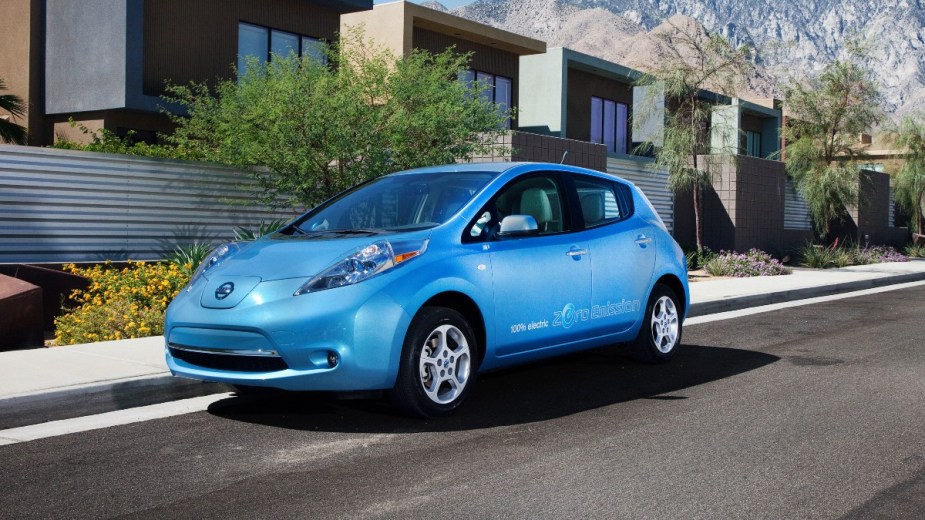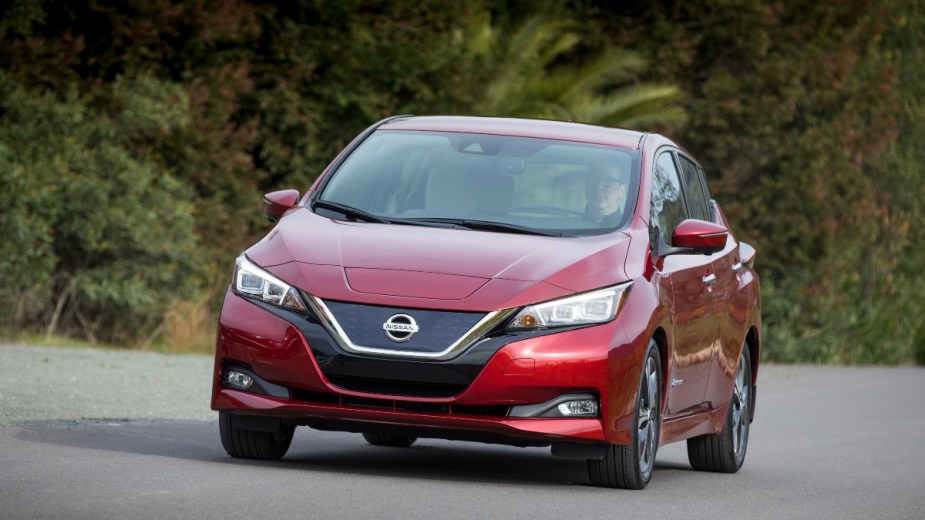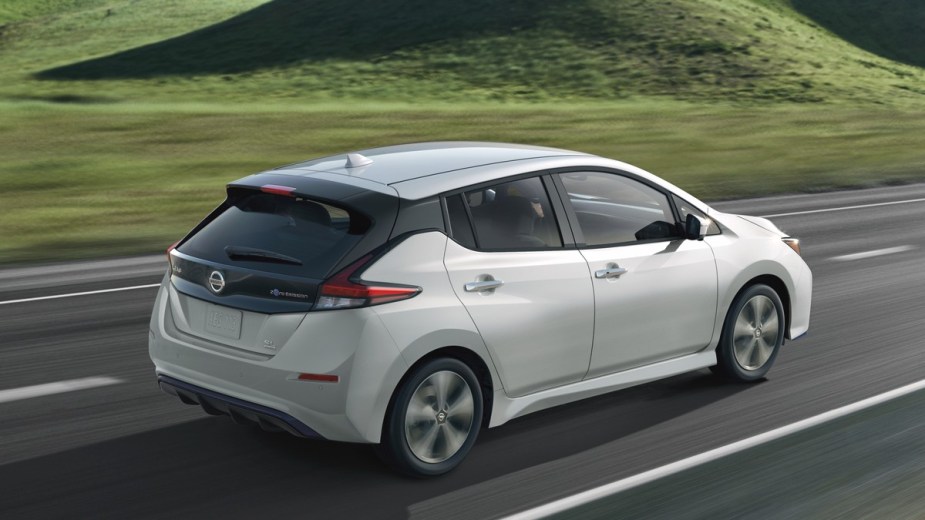
The Curtain is Closing on the Nissan Leaf
In 2010 the automotive industry was introduced to the Nissan Leaf. As one of the first widely available EVs on the market, it helped a new generation of electric cars succeed. After 11 years and two generations, Nissan is beginning to close the curtain on this pioneering EV. As the market of electric vehicles continues to evolve, the Nissan Leaf was a model left on the outside looking in.
A revolutionary EV that shifted the market
When the Nissan Leaf hit the market, it was among one of the first EVs and helped to shift the views of what an electric car could be. Despite the revolutionary nature of this model, it was in many ways surpassed by the competition.
One of the big reasons that the Nissan Leaf was such a revolution was its design. In many ways, the design divided onlookers, but it’s hard to disagree that it was eye-catching. Early models were bulbous and funky, with more recent models being much sleeker. Despite that, when it all came together, the Nissan Leaf looked exactly what shoppers thought an EV would look like. Quirky and futuristic.
Helping to create a more efficient future

Before the release of the Nissan Leaf, electric cars seemed like something from the distant future. The technology was certainly there, but no automaker had fully figured out how to harness it. Nissan took a stab at it and created an EV for most shoppers. While early models had lackluster range and performance, it was clear that Nissan was onto something special. Within a few years, more automakers were throwing their hat into the ring of EVs.
As the Nissan Leaf evolved, a more powerful and longer-lasting battery system was one of the most welcome changes. Starting in 2016, the Nissan Leaf was offered an upgraded 30 kWh battery that increased the range to 107 miles. But, the biggest change came with the 2017 model year, which increased the range to 149 miles and 226 miles with the upgraded battery.
With the huge increases available, this EV became one of the top choices for shoppers looking for affordable and widely-available electric cars.
Despite the advances, this EV just couldn’t catch on

Nissan aimed to create an EV that was perfect for the masses. In many ways, it did that, but because of the brand’s stiff competition, this electric car became an afterthought. With all this in mind, Car and Driver is reporting that Nissan plans to phase out the Nissan Leaf in the next few years. This comes as a result of Nissan not selling enough models. Over its lifetime, Nissan has sold just around 175,000 models, which has not met the high goals that the brand set for itself.
Another big reason the Nissan Leaf found itself behind the competition is its driving experience. From the beginning, this EV was plagued by a sluggish driving experience. While the initial acceleration was acceptable, the rest of the powerband left quite a bit to be desired. Because of this, competitors soon were able to pass this EV, both literally and figuratively.
An end to a model that shifted the view of electric vehicles

Adopting electric vehicles in the U.S. would have taken a bit longer without the Nissan Leaf. The small hatchback helped drivers understand why an EV is a smart investment. The chance to enjoy an all-electric vehicle can help you want more adventures confidently and keep you saving money on your drives.
With the Nissan Leaf getting ready to take its last rounds and bow out, it’s worth remembering its impact on the EV market.


